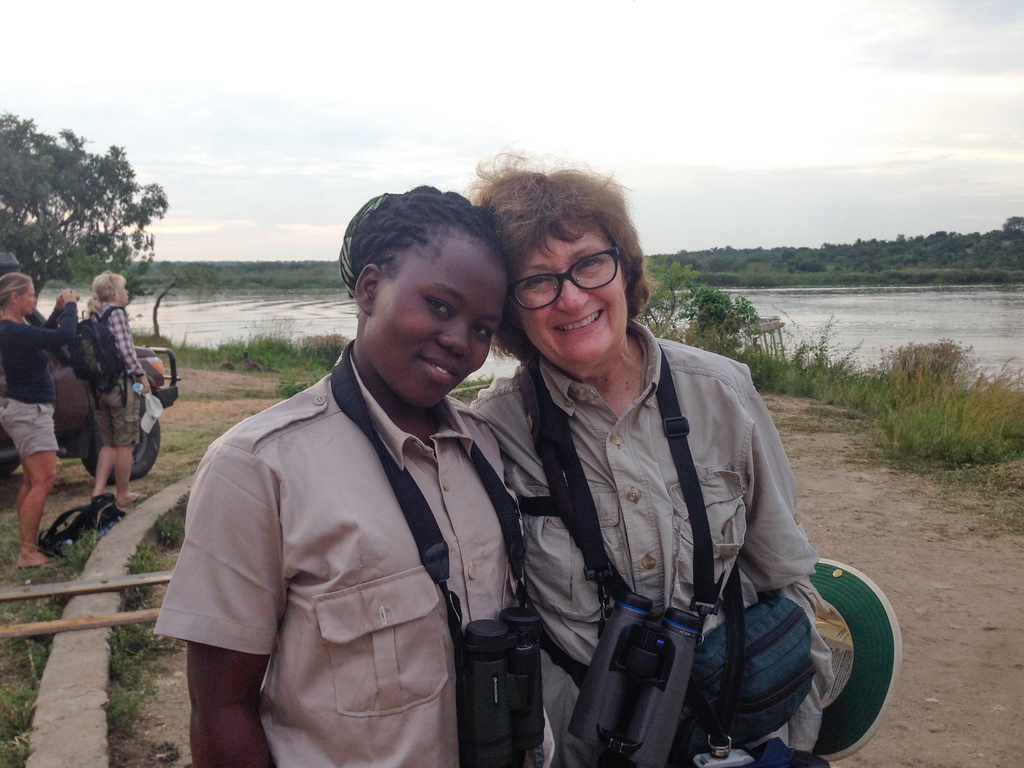95. Support efforts to help Third World countries raise their standard of living with minimal environmental impact.

As the world population continues to grow, the gap between rich and poor grows even faster, and extraordinary pressures are placed on habitats that are critical for the health of the entire planet. But how can anyone in North America fault poor people in the tropics for slashing and burning rain forests while we are clear-cutting millions of acres of boreal forest each year, much of it for toilet paper and junk mail that could easily be produced by using recycled paper?
The United Nations Environment Project (UNEP) was formed “to provide leadership and encourage partnership in caring for the environment by inspiring, informing, and enabling nations and people to improve their quality of life without compromising that of future generations.” UNEP focuses on a huge array of important environmental issues facing the world and searches for realistic solutions. It produces authoritative and useful resources for understanding the global nature of environmental issues, such as the extraordinary atlas One Planet, Many People, which compares and contrasts satellite images of the past few decades with contemporary ones. These images clearly show the huge growth of greenhouses in southern Spain; the rapid rise of shrimp farming in Asia and Latin America; the emergence of a giant, shadow-puppet-shaped peninsula at the mouth of the Yellow River; deforestation in Paraguay and Brazil; rapid oil and gas development in Wyoming; forest fires across sub-Saharan Africa; and the retreat of glaciers and ice in polar and mountain areas.
Global environmental issues are so huge and complex that it’s impossible to imagine an individual making any significant contribution to their resolution. But learning more about these issues, promoting understanding of them in our communities, and supporting organizations like UNEP that are working hard to find realistic solutions are all things we can do. Start by visiting UNEP’s website at www.unep.org.
From 101 Ways to Help Birds, published by Stackpole in 2006. Please consider buying the book to show that there is a market for bird conservation books. (Photos, links, and updated information at the end of some entries are not from the book.)